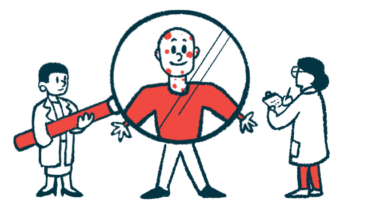NeuroCycle Gets $500K NINDS Grant to Study Dravet Therapies

The National Institute of Neurological Disorders and Stroke (NINDS) has awarded NeuroCycle Therapeutics a $500,000 grant to test advanced subtype-selective GBAA receptor modulators in Dravet syndrome models.
The Small Business Innovation Research grant to evaluate NCT10004 and NCT10015 furthers the pharmaceutical company’s efforts to develop small molecule central nervous system (CNS) therapy prospects that, through selective targeting of the central nervous system, are effective but have minimal side effects, the company said in a news release.
In most patients, Dravet is caused by loss-of-function mutations in the SCN1A gene, which encodes the brain voltage-gated sodium channel type 1 (NaV1.1). The funding will support tests of NeuroCycle compounds in juvenile Dravet mouse models, considered highly translatable to human disease.
Better therapeutic approaches are necessary, the company said, because current treatments don’t offer total seizure control and result in side effects such as sleepiness in half the patients, who typically experience their first seizure by age 1. The disease affects about 1 in 15,700 U.S. residents, according to the National Organization for Rare Disorders (NORD).
The company is focused on targeting certain GABAA receptor subtypes to treat disorders associated with central sensitization, including chronic itch and pain, and syndromes such as Dravet. It plans to evaluate its non-sedating compounds in models of rare and severe forms of pediatric epilepsy that are treatment resistant, it says.
Its lead program, NCT10004, is in Investigational New Drug enabling studies and is expected to enter clinical trials by the fourth quarter of this year. It’s potentially a first-in-class oral treatment for moderate to severe atopic dermatitis. Its advanced lead, NCT10015, is being evaluated as a next-generation Dravet treatment.
Because of recent advances in animal models, clinical trial design and GABAA receptor structural biology, NeuroCycle thinks it can produce a strong pipeline of promising therapies for diseases including Dravet.
While defects in sodium channels are considered the main cause of epileptic seizures in Dravet, some scientists have proposed that dysfunctions in the brain’s GABAergic system may aggravate the disorder. So far, however, mechanisms at the base of these impairments are not fully understood, partially because of the lack of patient brain tissue samples.







